“The morning was still, cool and pleasant. Then a tremendous flash of light cut across the sky. Almost no one in Hiroshima recalls hearing any noise of the bomb.”
In May 1946, The New Yorker sent John Hersey to the Far East to find out what happened at Hiroshima; to interview survivors of the catastrophe, to endeavor to describe what they had seen, felt and thought, what the destruction of their city, their lives and homes and hopes and family and friends, had meant to them, in short, the cost of the bomb in terms of human suffering and reaction to suffering. He stayed in Japan for a month, gathering his own material; he obtained the stories from actual witnesses. The story is their own story told in their own words.
On August 31, 1946 Hersey’s essay was made public. For the first time in The New Yorker’s history an issue appeared which carried no satire, no cartoons, no fiction, no verse or smart quips or shopping notes,: nothing but its advertisements and Hersey’s 30,000 word story.
Survivors of the atomic blast on Hiroshima and Nagasaki who are old enough to remember are dying out. There is a striking similarity to the demise of survivors of the Holocaust –soon there will be no survivors left to tell firsthand accounts of the events that occurred during WWII. The many books and accounts in the survivors own words will outlast them as will Spielberg’s Shoah Foundation project which meticulously digitized thousands of firsthand accounts of Holocaust survivors. In Japan, they are choosing a different path—it is a special apprenticeship of teacher to pupil—it is called the denshosha project in which survivors of the bomb train an apprentice to be their proxy to be the memory keeper of their firsthand account. The denshosha put themselves in the position of that person, so the survivor doesn’t permanently disappear. They have an authority that comes with the survivor’s blessing to be “heirs” to their stories.
Ayami Shibata, the city official in charge of the denshosha project speak to a challenge facing the denshosha: “The biggest challenge is how to tell a story about someone’s experience in someone else’s words. Many find it difficult to decide whether to speak first-person and which parts of their mentor’s life to focus and to inherit.” One of the survivors added: “Can successors pass on the words that come out of our souls, something so painful, our experiences and thoughts and feelings?”
This experiment in preserving individual and collective memories is a small one. So far 13 bomb survivors have agreed to be paired with a denshosha, who are required to spend at least three years shadowing and meeting with the survivor before telling their stories in public. There are still close to 200,000 survivors who are alive (the same number as remaining Holocaust survivors).
In a (un)related story: There is a Bonsai tree, a Japanese white pine, now located at the Bonsai Museum at the National Arboretum in Washington, D.C. that dates back to 1625. The tree has not only navigated the perils of age to become the collection’s oldest, it also survived the blast of the atomic bomb, Little Boy, dropped over Hiroshima.
Do trees have memories? Jack Sustic, who is the curator of the Bonsai Museum since 2002 reflects on the prized Hiroshima Bonsai: “One of the things that make it so special is, if you imagine, somebody has attended to that tree every day for 390 years. I like to say bonsai is a verb. It’s not a noun; it’s doing.” Memory it would appear is also a verb—just ask a denshosha and the survivor who together attend to the story of trauma and survival every day.


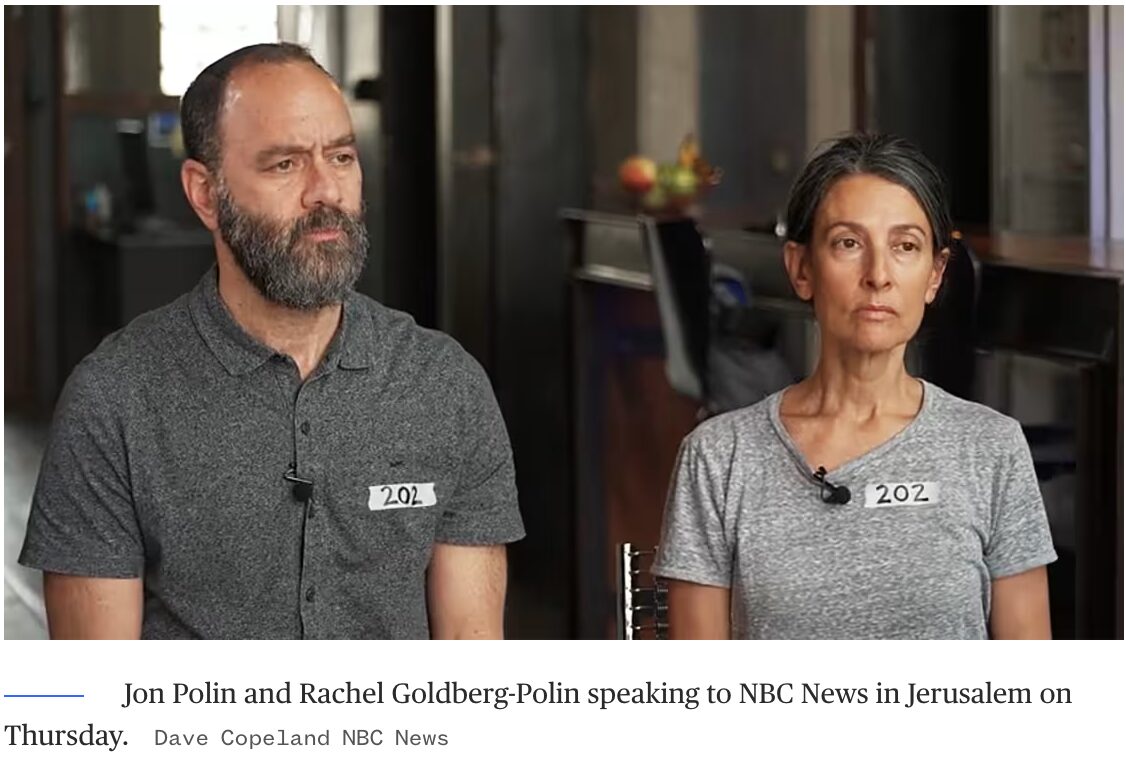
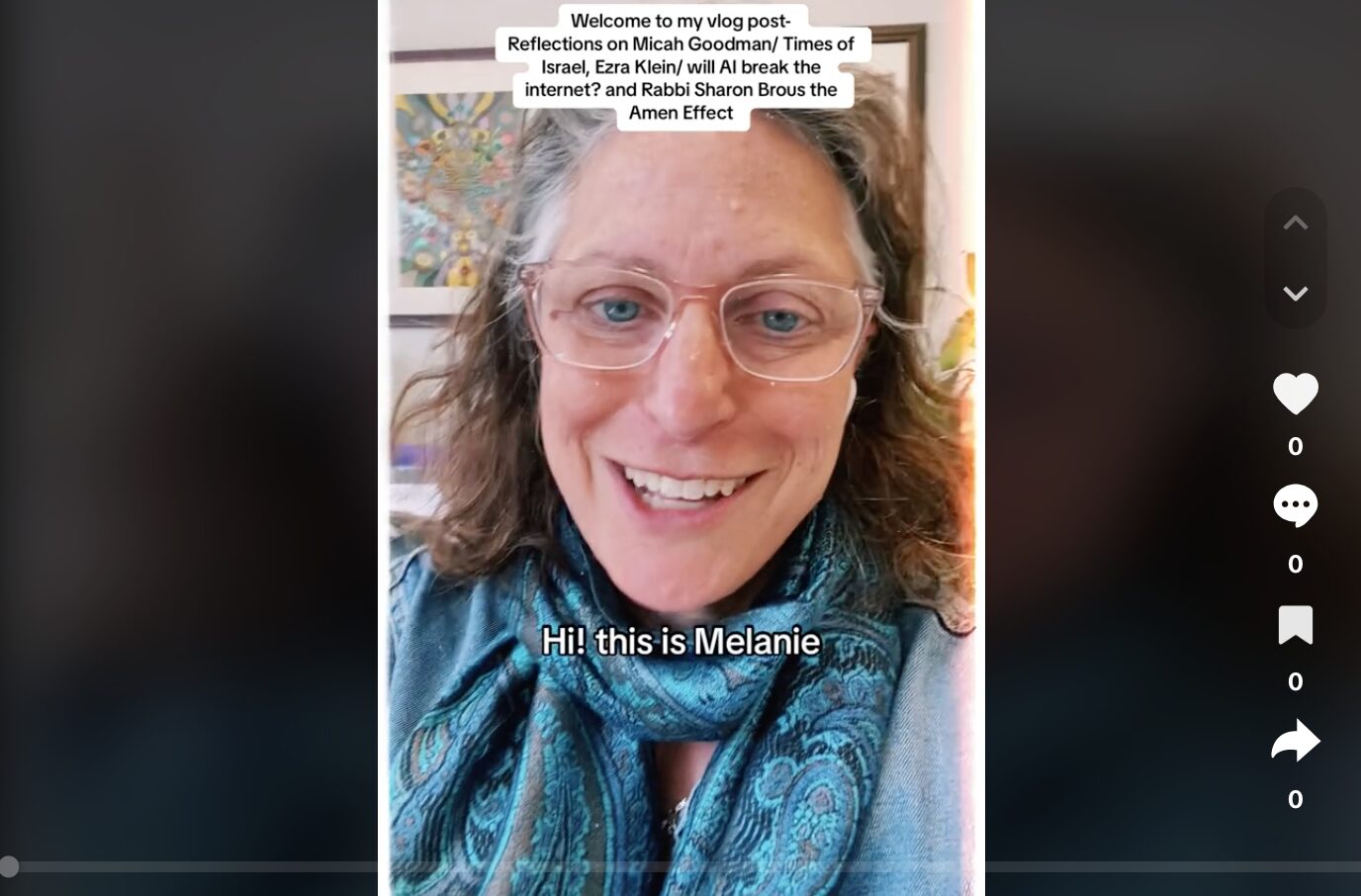

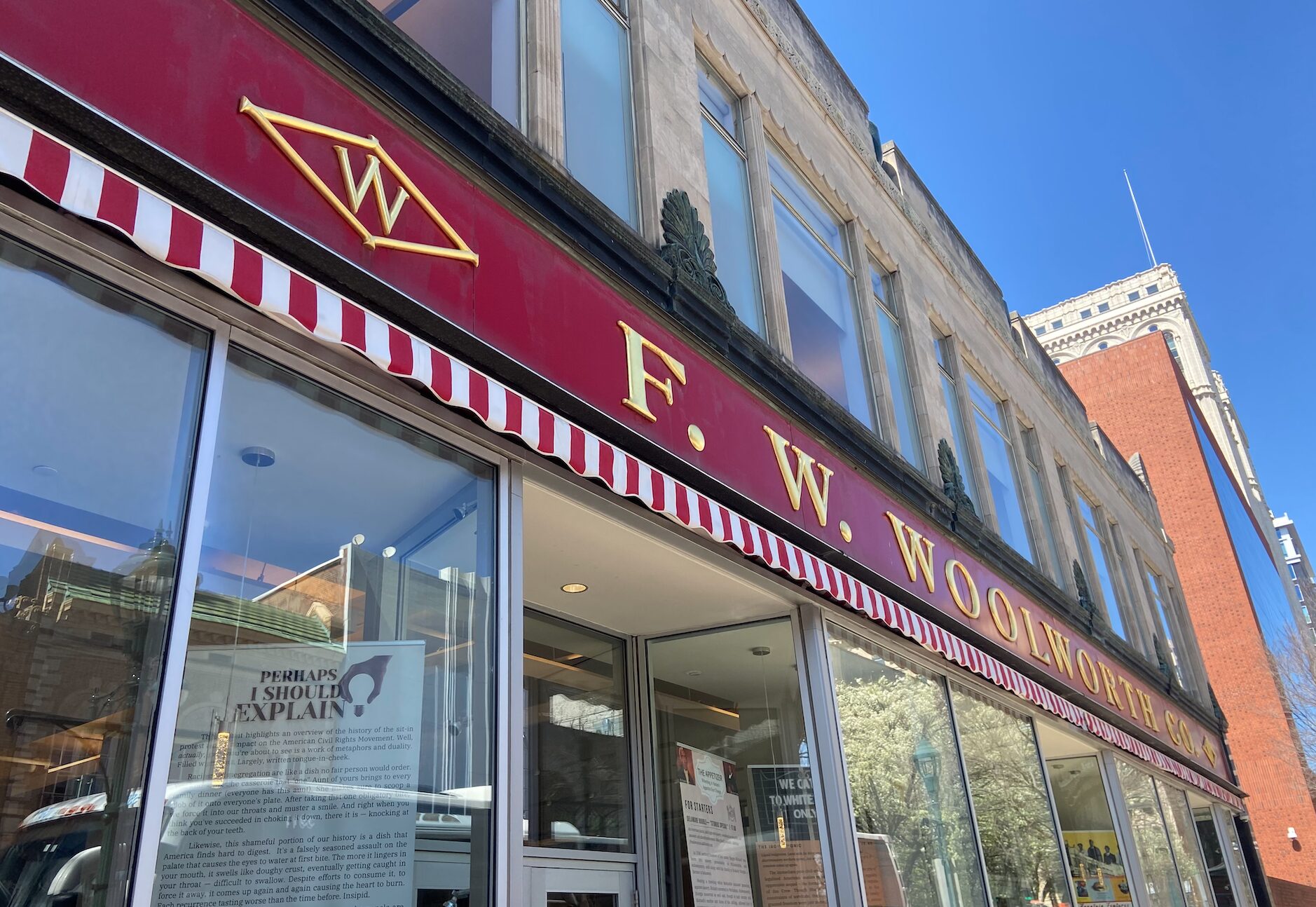
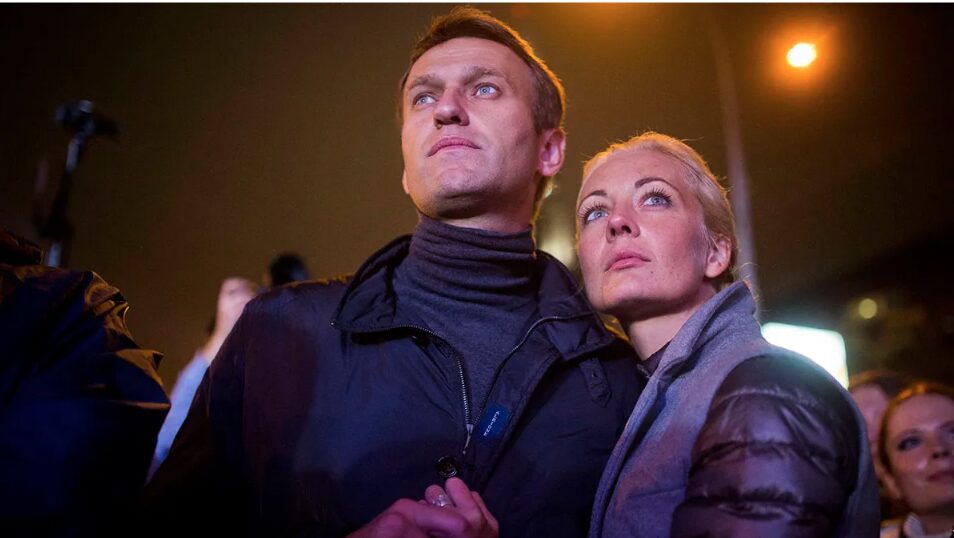

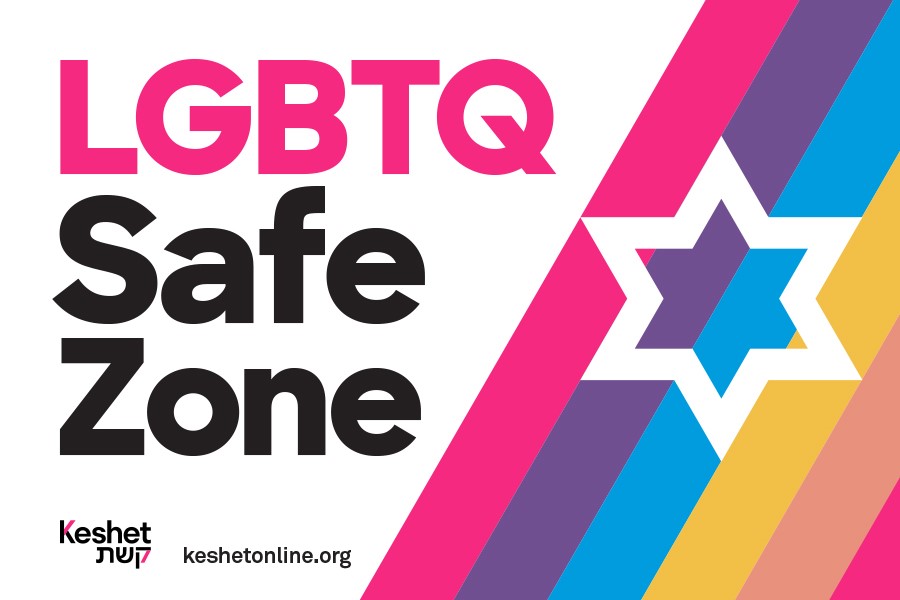
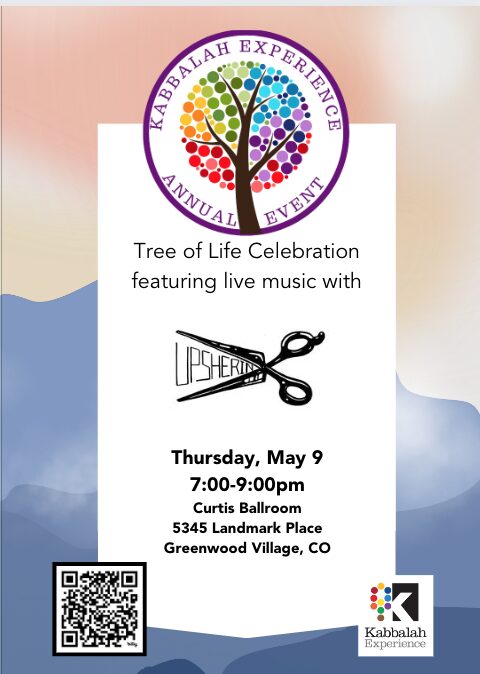
1 Comment
Rick Steinbach · March 6, 2016 at 11:46 pm
My name is Rick Steinbach and I’m a secondary school history teacher who arrived in Japan one week ago. I am trying to do research on people such as the one’s you’ve described above, “a denshosha” to try and sit down with them, listen to and record their stories. Any help, suggestions you could provide would be greatly appreciated, thank you.
RS